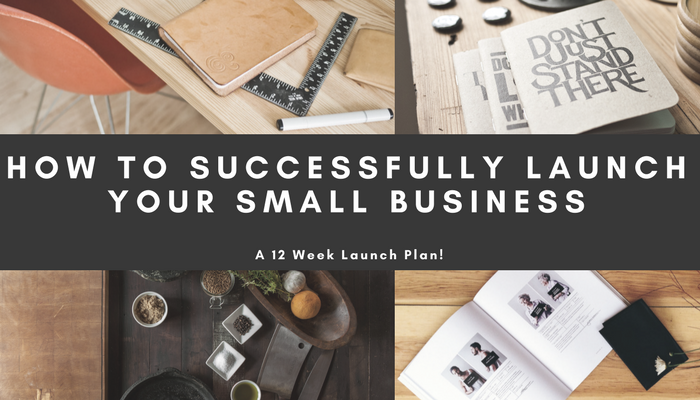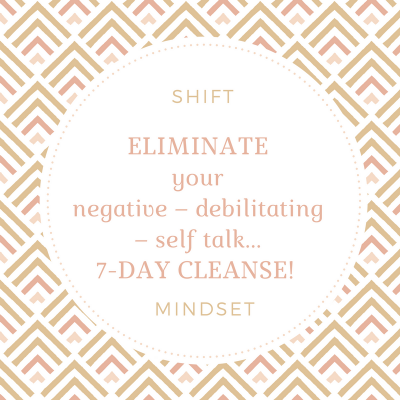Nearly one-third of women work from home, most creating their own burgeoning businesses, Pew Research Center reports. These businesses generally start as e-commerce ventures because of the low startup cost. It is a logical extension of retail wisdom to move from home-based companies to developing a physical presence with a brick-and-mortar store. Of course, the startup requirements for this undertaking can be significant and you will want to know what they are before launching your first store.
[tweetthis]Moving from #homebased to a brick & mortar store is a natural progression. #smallbusiness [/tweetthis]
A Place to Call Your Own
If you are going to have a store, then you need to purchase or rent a space, and retail real estate is considered a hot commodity. In fact, retail rental prices have gone up by 3.1 percent annually, with the national average being $19.51 per square foot. Selecting where to place your new store has huge marketing implications and depends on you demographics. Places with a lot of foot traffic tend to draw greater lease amounts — some businesses require this type of visibility and others do not. New-age stores, unique specialty items and highly niched products will draw their own crowd, making customers seek you out. For these kinds of stores, it may be better to save on high-priced rent and put that money toward advertising.
The Big-Ticket Items
Depending on your business, you will probably have some one-time, startup expenses. These may include security cameras, shelving and decorations and point-of-sales devices. Some of these are low-end costs, falling under $500, but others are capital expenses and can have price tags over $5,000. For things like a vehicle or proprietary software suites, you will have a choice to book them as expenses or capital assets. Capitalization will place these as an asset on your financial statements, not as an expense. This will raise the net income for the year, which will look good by way of profit, but will have negative tax implications. It will also look good on the financial statements because of the asset on your balance sheet. Expensing does not give you the asset benefit, but it does lower the net income and the taxes that you need to pay.
The Importance of a Budget
One of the main components of a business plan is a long-term budget, which turns into an income statement for your financial statements, and statement of cash flow. They break down your monthly financial needs and compare them to your projected income. Use your budget as a benchmark for your business. Make this a living, breathing document that is linked to your actual cash flow. The cash flow statement will tell you if you have enough money to cover bills. Compared to the budget, which is an overview of the entire accounting year, the cash flow will look at month-to-month amounts. Look for potential lags in payment that can seriously derail your business. To manufacture and deliver your product will cost you money, but it can be a month before an invoice for these products are paid. Make sure you have enough money in the bank to cover this period and maintain a positive cash flow.
As you find ways to strengthen your business, customers will appreciate the positive experience with each visit, thus, spreading the word. And we all know that word-of-mouth is golden.

Sylvia Browder is CEO of Specialty Home Services LLC, a Home Improvement Company; a Small Business Consultant at Browder Consulting Group, a startup consultancy firm to help women with startup assistance, marketing, website and graphic design work and other support services. In addition, she has co-authored several published books; publisher of ‘Sylvia Browder’s Blog for Women Entrepreneurs’ a lifestyle blog; and publisher of ShopSpendBlack.com Business Directory & Blog platform created to help consumers find black owned businesses in a searchable format. In her spare time, she enjoys spending time with her husband of 30 years; 5 adult children and 5 grandchildren; church; friends and motorcycle riding.

















